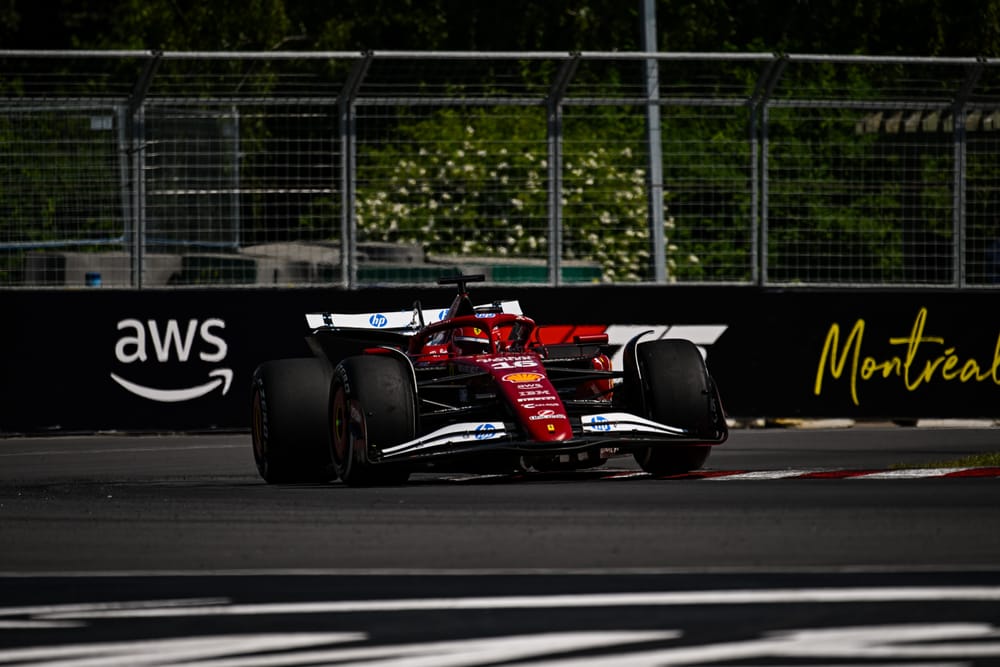The 2025 Formula 1 season has so far proven to be a particularly complex testing ground for Ferrari.
With a start to the championship well below expectations and marked by difficult weekends, Ferrari finds itself dealing with a car — the SF-25 — that has only shown flashes of potential.
Structural limitations have compromised its consistency, and its operational window is extremely narrow.
Despite the challenges, the team has chosen not to halt the car’s development, convinced that there is still much to extract from a project that, while imperfect, has not yet reached the end of the line.
A big 2026 switch
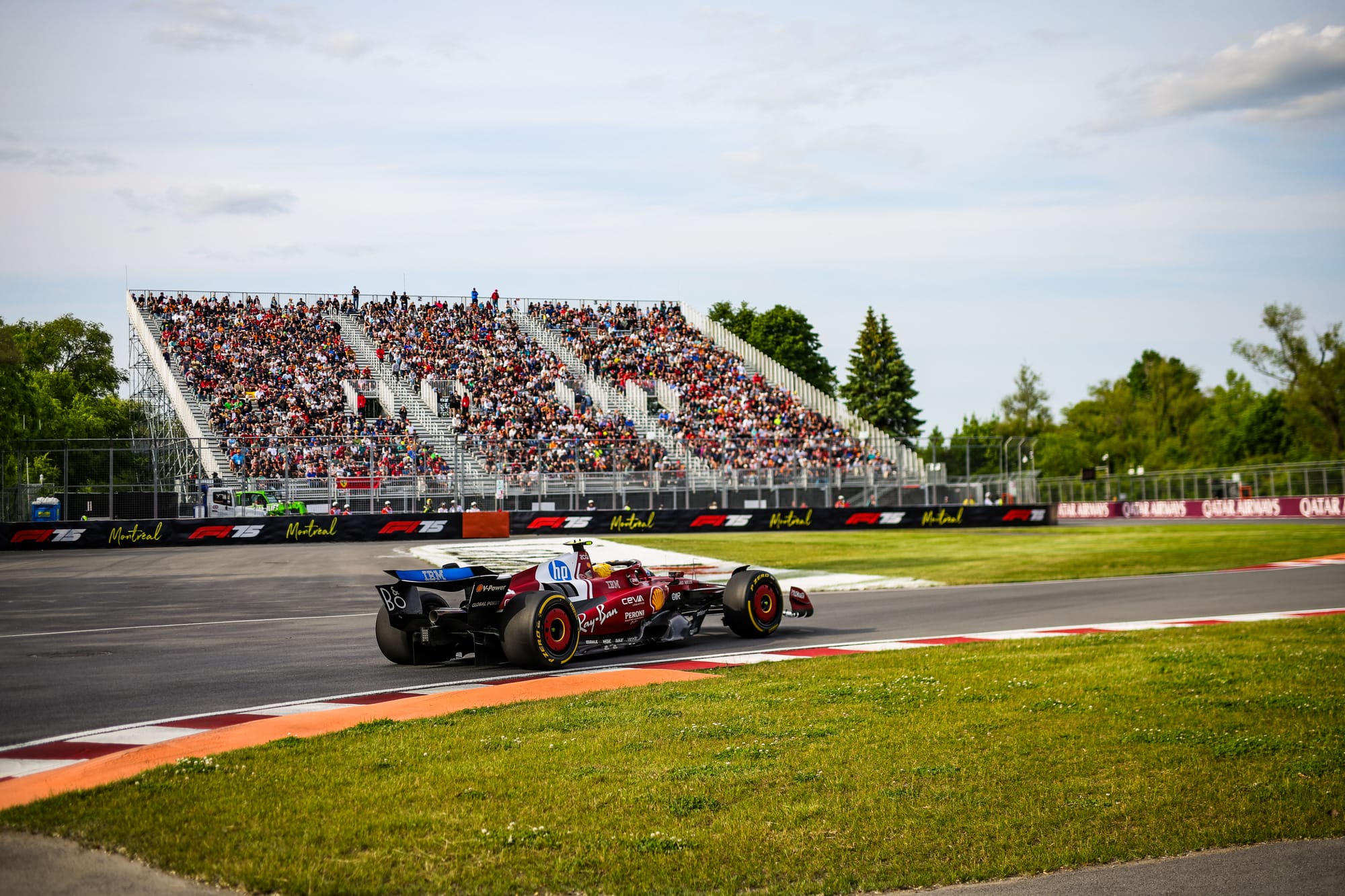
A significant decision came in mid-June, when Ferrari officially stopped windtunnel testing of the SF-25 to make room for the first model of the future 2026 car, which will have to comply with a very different set of technical and aerodynamic regulations.
This marks a conceptual shift, but it doesn’t mean the current car has been abandoned. On the contrary, Ferrari’s engineers continue to work actively on track and in the simulator to improve the short-term competitiveness of the SF-25.
In this context, the decision to invest further resources for in-season development of a car that has already ended its windtunnel cycle is a sign of the team’s confidence in the project.
The goal is to address some of the car’s most obvious flaws, introducing targeted updates to enhance strengths that have already emerged — especially when running on low fuel, such as in qualifying and the final stages of a race.
Lift and coast problems
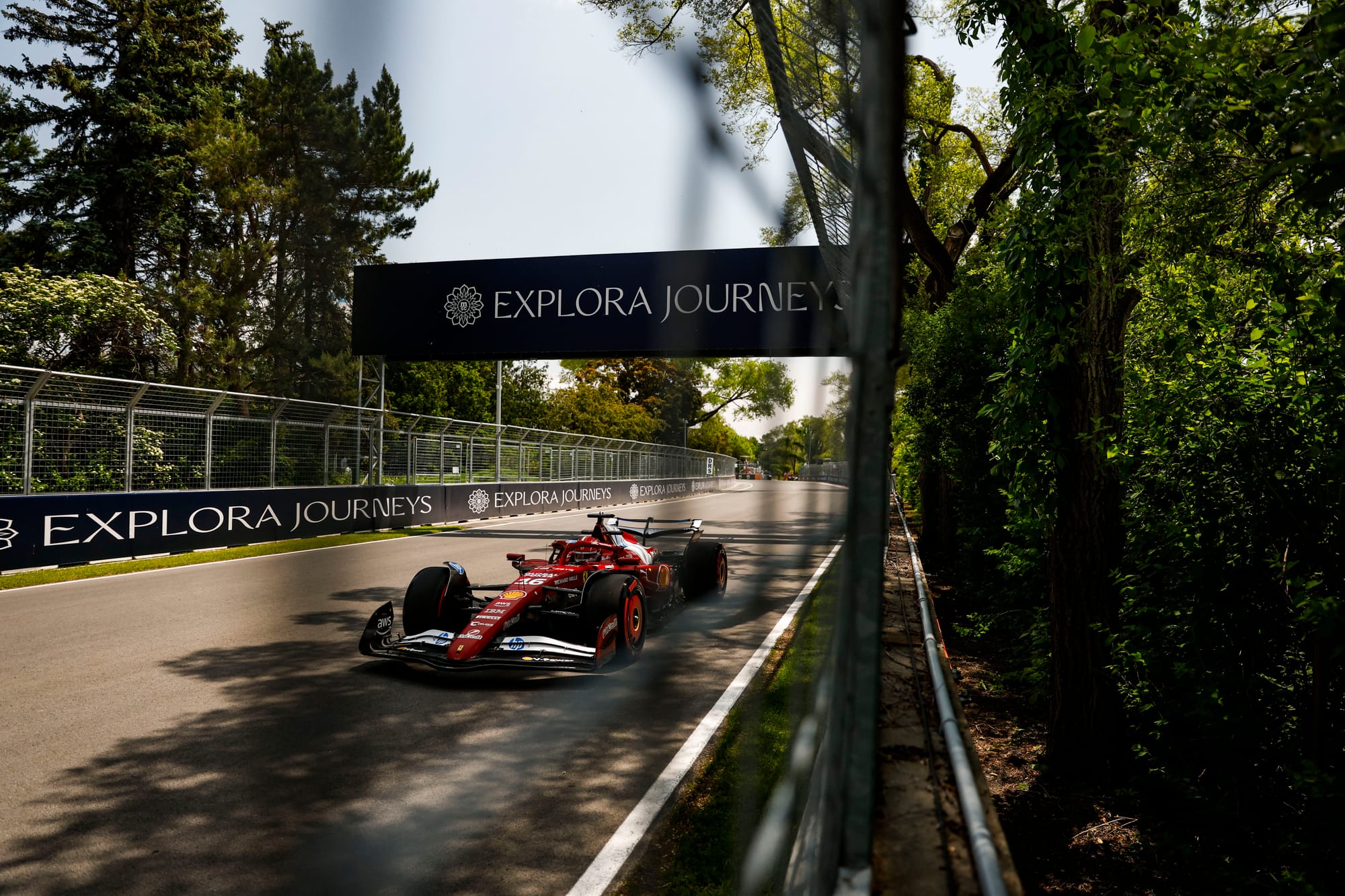
One of the SF-25’s most punishing limitations became particularly evident between the Barcelona and Montreal weekend: the forced use of lift and coast during the race. This technique, which involves lifting off the throttle early before braking to save fuel or cool the hybrid system, compromised the car’s effectiveness in key race moments.
The problem becomes even more pronounced when the car is theoretically in ideal conditions to perform — such as in qualifying or the final laps of a race with a light fuel load — but is unable to unleash its full potential due to the need to conserve energy or manage critical temperatures.
In Spain, for example, Leclerc was specifically asked to lift off the throttle in order to preserve skid-block wear — a major issue Ferrari has faced since the start of the season, which even led to a disqualification in China. In Canada, on the other hand, the frequent lift-and-coast requests were linked to brake preservation, which struggled due to an overly aggressive set-up on a track that’s notoriously tough on brake temperatures.
This situation limits the drivers’ ability to attack, defend position, and fully exploit the traction and stability that — in theory — the chassis should be able to offer.
Upgrade plan
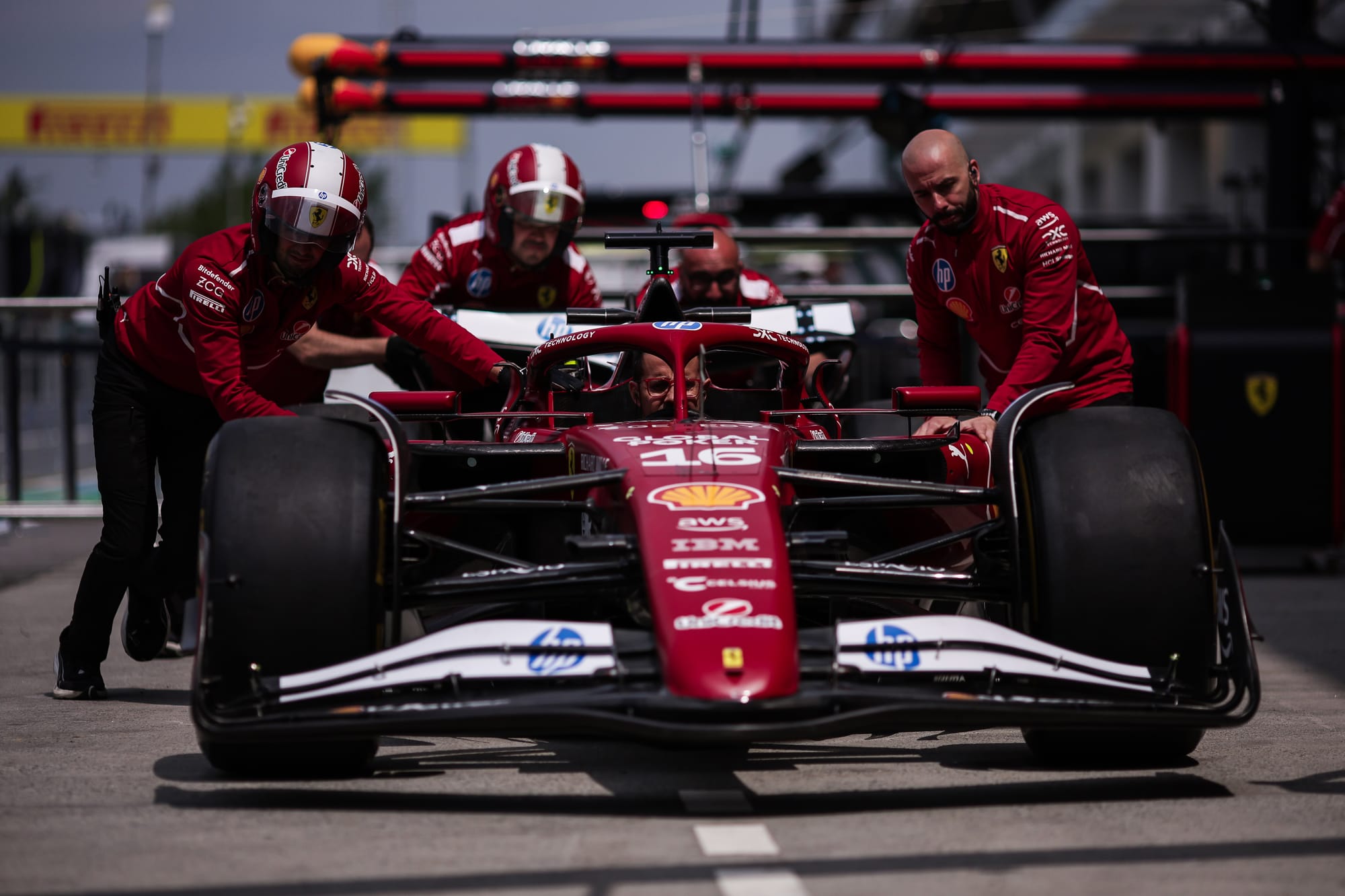
Ferrari has planned a package of technical updates that is expected to make its debut as early as the Austrian Grand Prix this weekend.
These new developments should reduce the car’s reliance on lift and coast and allow for greater strategic freedom during races, particularly in terms of skid-block wear.
They should also improve the overall balance of the car under high downforce conditions. These updates won’t definitively solve all the issues — some of which may never be completely eliminated — but the team hopes they will help close the gap to direct rivals, especially on circuits where a greater setup compromise is required.
The summer period will therefore be a crucial phase in determining how much the SF-25 can evolve and whether the technical updates will allow the team to tackle the second half of the season with increased competitiveness.
2026 in sight
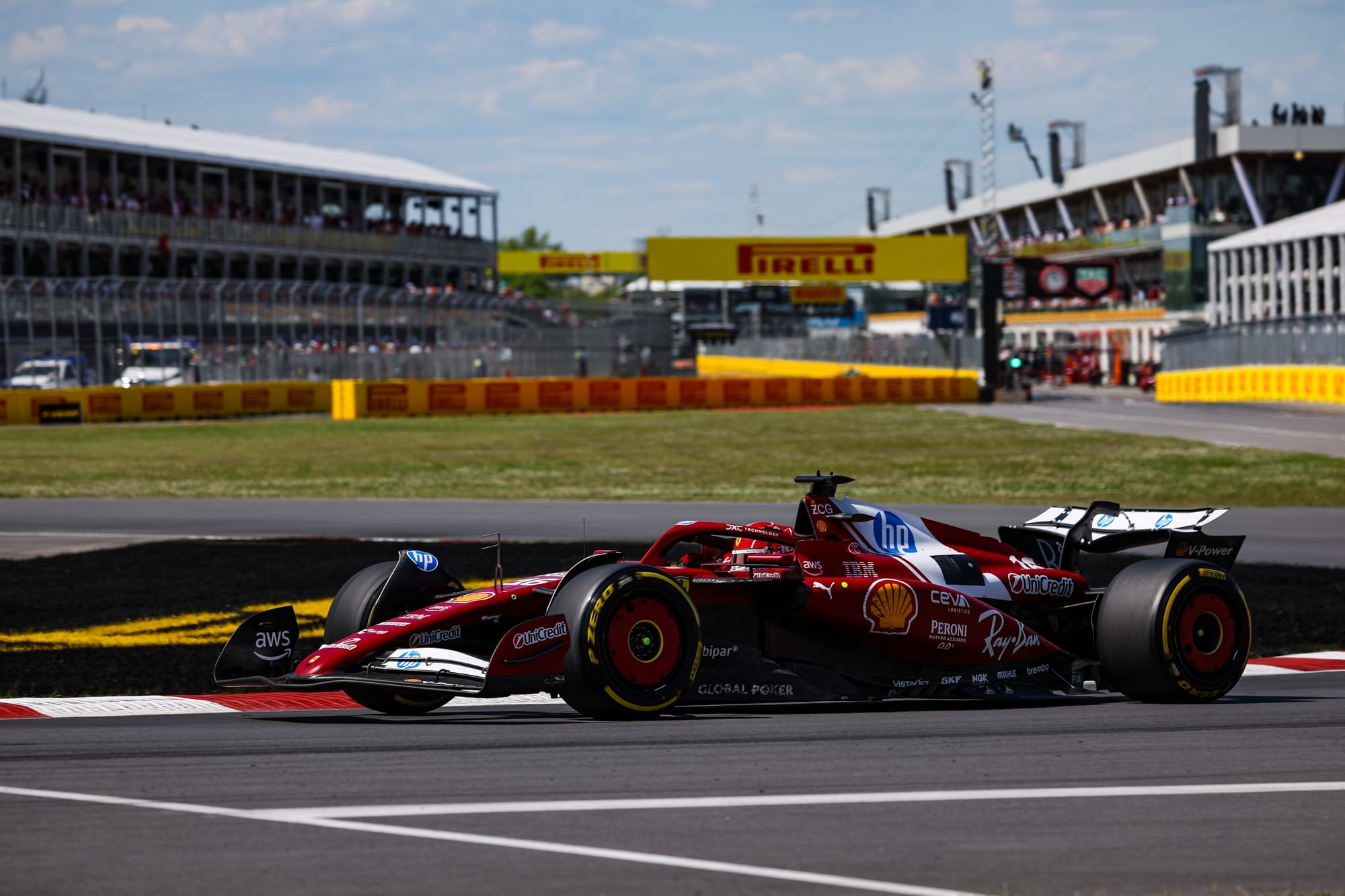
Meanwhile, work in the windtunnel is now fully focused on the 2026 car. With the arrival of new regulations that will radically change car dimensions, aerodynamic philosophy, and power unit efficiency, Ferrari has chosen not to waste time.
The goal is to enter 2026 with a car built on solid foundations — the result of long, structured, and thorough work.
The fact that aerodynamic testing of the new chassis began as early as June is a clear sign of long-term planning. This decision wasn’t particularly rushed, despite a disappointing 2025 season, and it highlights the importance of the current development phase.
In fact, between June and the end of July, some of the most critical decisions will be made regarding the 2026 project — including key areas like suspension and aerodynamics.
Power unit development has been progressing quietly for some time now, and it arguably presents an even greater challenge than building a strong aerodynamic platform under the new rules.


